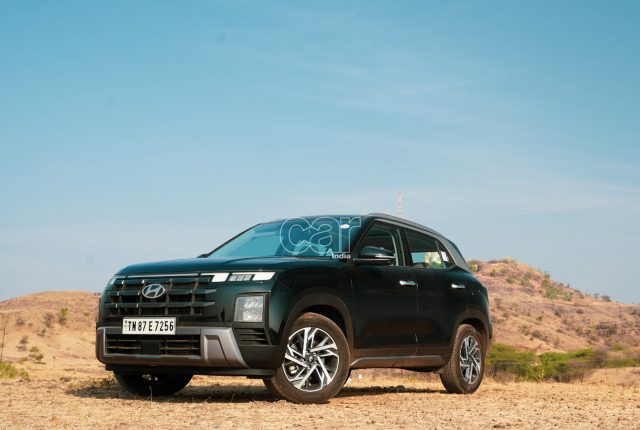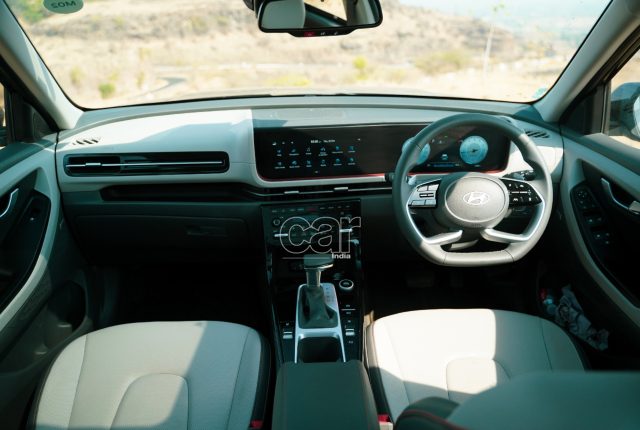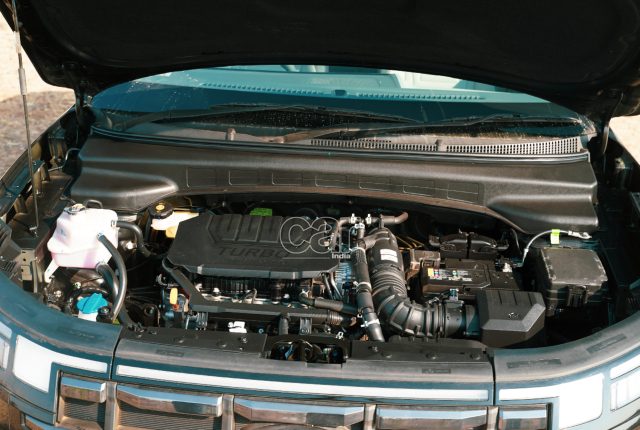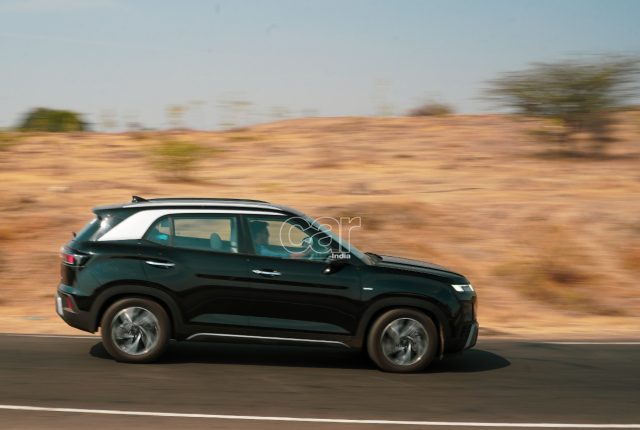Does the Hyundai Creta 1.5-litre turbo-petrol DCT combination still have a place in the Creta line-up, considering we now have a sportier N Line version? Let us find out

Story: Gaurav Davare
Photography: Apurva Amdep
For those who have always wanted more of a bold personality for the Hyundai Creta, the N Line is quite an appealing option. There’s noticeable exterior makeover, the dark cabin theme is easy on the eyes, and you get a sportier look for the pedals, gear-knob, and steering. To further sweeten the deal, there’s even a six-speed manual gearbox option alongside the seven-speed DCT which isn’t on offer with the standard Creta that is specced with the same 1.5-litre turbo-petrol engine. With the N Line, you would think the days of the standard Creta’s 1.5-litre turbo-petrol DCT combination were numbered. But I think this option very much has a place in the Creta line-up and let’s delve into why that is the case.

Before we get to the driving aspect, let’s consider what separates this Creta with its N Line counterpart. While the N Line appeals to the sportier side of things with its face, wheels, and rear-end design, the standard Creta actually gives off a rugged personality with its design, which helps in giving it a strong on-road presence. Also, the new design of the Creta makes the mid-size SUV a lot less polarising than the model it replaces.

Inside, there’s very little to differentiate this Creta from its N Line counterpart but they do offer two different personalities. The N Line veers more towards the sporty side with its black theme, red accents as well as the sportier pedals, gear-knob and three-spoke steering wheel. The standard Creta, on the other hand, gives the feeling of a premium mid-size SUV with its dual-tone beige-grey theme as well as the four-spoke steering wheel. Apart from these, both SUVs offer a virtually identical comfort and features, so you don’t really miss out on anything on that count.

Now to the main talking point, which is under the bonnet. The 1.5-litre turbo-petrol engine, paired with a seven-speed DCT gearbox, marks a return of a turbo-petrol engine in the Creta since its discontinuation in the pre-facelift model in February 2023. Not only is it back, at 160 hp it is the most powerful the Creta has ever had. We’ve recently sampled the same set-up in the Creta N Line, so is the experience different in the case of the standard Creta?

Considering the engine and gearbox combination is identical between the two SUVs, fortunately, the energetic experience remains unchanged. While it is calm at lower revs, it effortlessly chugs along at higher revs. There’s very little performance difference between the Eco and Normal modes, but the Creta does come alive in Sport mode. Couple that with the seven-speed DCT gearbox, which is no slouch, and the excitement gets further enhanced. You can flick through the gears effortlessly and it holds a gear for a while on open roads, which is good for executing overtakes. It also rolls over well in city traffic without any sudden spikes, which is another brownie point for this combination. However, a downside to this exciting performance is its fuel efficiency: you can expect between nine and 11 km/l on city roads, which goes up to about 15 km/l on highways and open roads.

The real difference between the Creta and Creta N Line’s driving experience actually comes from how the two SUVs ride and handle. Due to the standard Creta getting a softer suspension set-up and smaller 17-inch alloy wheels, you will notice a bit of laziness with the steering feedback, and you’ll need to be a little more aggressive with the wheel to get the SUV to attack corners. However, compared to the N Line, it isn’t a monumental difference, and the regular Creta is still predictable enough to enjoy driving it. The standard Creta’s suspension does trump the Creta N Line, as the former’s softer set-up means it soaks up bumps and road imperfections a little better, whereas, in the latter, you will feel the thuds.

Now that I’ve spent some quality time with the standard Hyundai Creta 1.5-litre turbo-petrol DCT, I do think this combination has a place alongside the Creta N Line. Because the top-spec SX (O) variant at Rs 20 lakh (ex-showroom) undercuts the equivalent N10 variant of the Creta N Line by just Rs 30,000 for a largely similar experience. Yes, the standard Creta doesn’t look as aggressive and its softer suspension and wheels dampen the sporty experience, but it isn’t a night and day difference, and you get identical powertrain and gearbox performance thrills while enjoying the bells and whistles of a fully decked out mid-size SUV. Thus, I would consider the standard Creta as a sleeper build whilst the Creta N Line is the sporty alternative for those who want to stand out.
Also Read:
Hyundai Creta 2024 1.5 Diesel First Drive Review – Mid-size Matters
Hyundai Creta N Line First Drive Review — Dramatic Derivative




